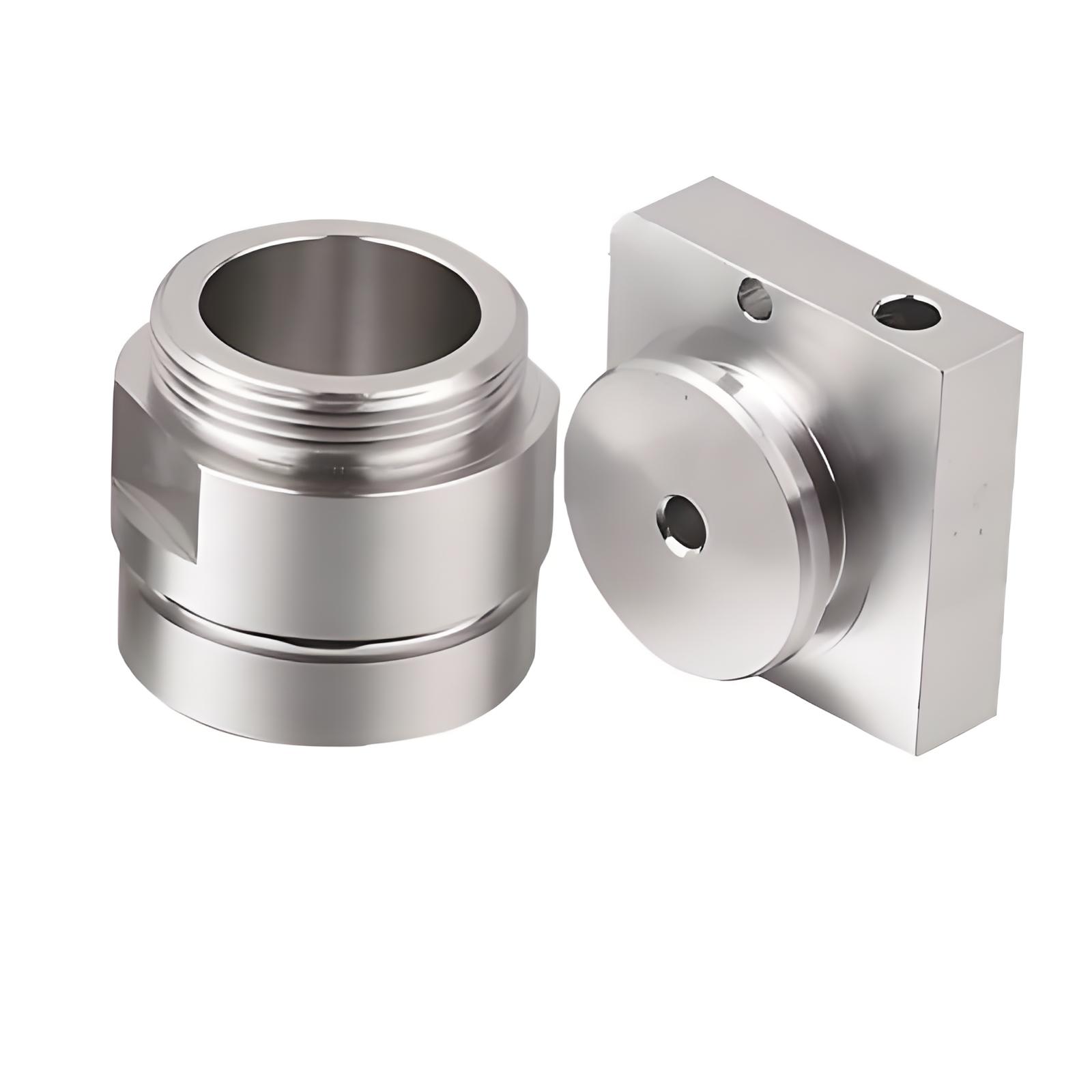Unveiling the Night: How to Determine if Your Camera is Equipped with Night Vision Capabilities
In an era where photography has transcended mere documentation to become an art form and a tool for security, understanding the capabilities of your camera is crucial. One of the most sought-after features in modern cameras is night vision. Whether you are a professional photographer, a security enthusiast, or simply someone who enjoys capturing moments after dark, knowing if your camera has night vision capabilities can significantly enhance your shooting experience. This article will guide you through the process of determining whether your camera is equipped with night vision, exploring the technology behind it, and offering practical tips for maximizing its use.
Understanding Night Vision Technology
Before diving into how to identify night vision capabilities in your camera, it’s essential to understand what night vision technology entails. Night vision typically refers to the ability of a camera to capture images in low-light conditions. This can be achieved through various technologies, including:
- Infrared (IR) Technology: Cameras equipped with infrared sensors can capture images in complete darkness by detecting infrared light. These cameras often come with IR illuminators that emit light invisible to the naked eye but detectable by the camera.
- Low-Light Sensors: Some cameras utilize advanced sensors that enhance their ability to capture images in low-light environments. These sensors often have larger pixels that can gather more light, resulting in clearer images.
- Thermal Imaging: This technology detects heat emitted by objects, allowing the camera to create images based on temperature differences. While not traditional night vision, thermal imaging is invaluable for specific applications, such as surveillance and wildlife observation.
Identifying Night Vision Capabilities in Your Camera
Now that we have a foundational understanding of night vision technology, let’s explore how to determine if your camera possesses these capabilities.
- Check the Specifications
The first step in identifying night vision capabilities is to consult the camera’s specifications. Look for terms such as “infrared,” “night vision,” “low-light performance,” or “ISO sensitivity.” Cameras that explicitly mention night vision features or have high ISO ratings (typically above 3200) are likely to perform well in low-light conditions.
- Examine the Lens and Sensor
The lens and sensor play crucial roles in a camera’s ability to capture images in low light. A lens with a wide aperture (indicated by a low f-number, such as f/1.8) allows more light to enter the camera, enhancing its low-light performance. Additionally, larger sensors (like full-frame sensors) generally perform better in low-light situations compared to smaller sensors (like crop sensors).
- Look for Infrared Capabilities
If your camera is designed for night vision, it may have built-in infrared capabilities. Check for the presence of an IR filter or an IR mode in the camera settings. Some cameras also come with detachable filters that can be removed to enhance night vision performance.
- Test the Camera in Low-Light Conditions
One of the most practical ways to determine if your camera has night vision capabilities is to test it in low-light environments. Set your camera to manual mode, lower the shutter speed, and increase the ISO. If the camera can produce clear images without excessive noise, it likely has good low-light performance.
- Consult User Reviews and Forums
User reviews and photography forums can be invaluable resources for understanding a camera’s performance in low-light situations. Look for reviews that specifically mention night vision capabilities or low-light performance. Engaging with the photography community can also provide insights into real-world experiences with your specific camera model.
Maximizing Your Camera’s Night Vision Capabilities
If you discover that your camera does indeed have night vision capabilities, here are some tips to maximize its potential:
- Use a Tripod: In low-light conditions, longer exposure times may be necessary. A tripod will help stabilize your camera and prevent motion blur.
- Experiment with Settings: Don’t hesitate to play around with different settings, such as ISO, aperture, and shutter speed, to find the optimal combination for your shooting environment.
- Utilize External Lighting: If your camera allows, consider using external infrared lights to enhance visibility in complete darkness.
- Post-Processing: Utilize photo editing software to enhance images captured in low light. Adjusting brightness, contrast, and noise reduction can significantly improve the final output.
Conclusion
Determining whether your camera has night vision capabilities involves a combination of examining specifications, testing performance, and engaging with the photography community. By understanding the technology behind night vision and utilizing practical tips, you can enhance your photography skills and capture stunning images, even in the darkest conditions. Whether for artistic expression or security purposes, mastering night vision can open up a new world of photographic opportunities.

Average Rating